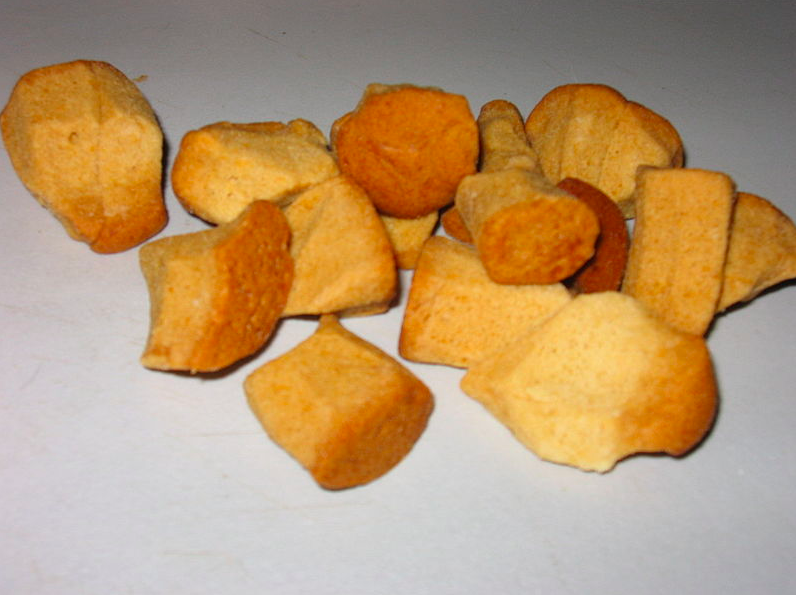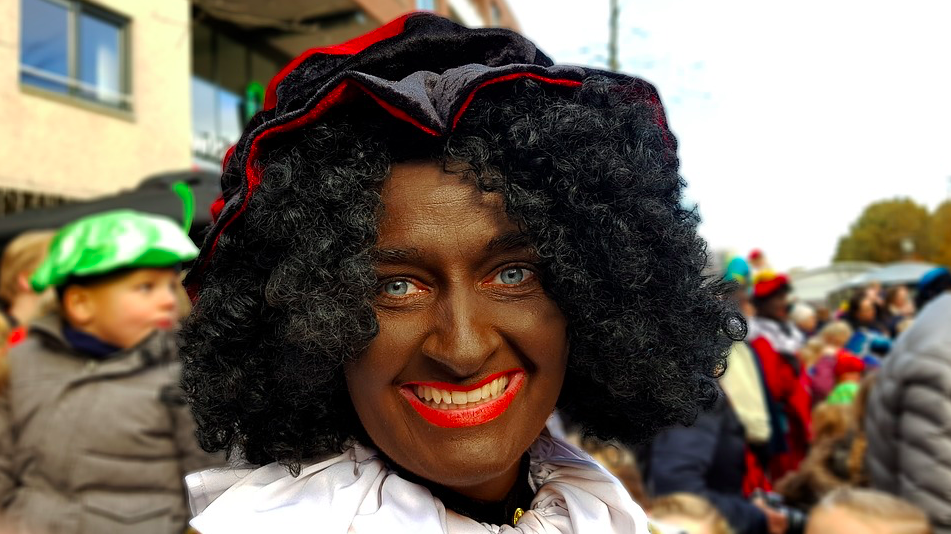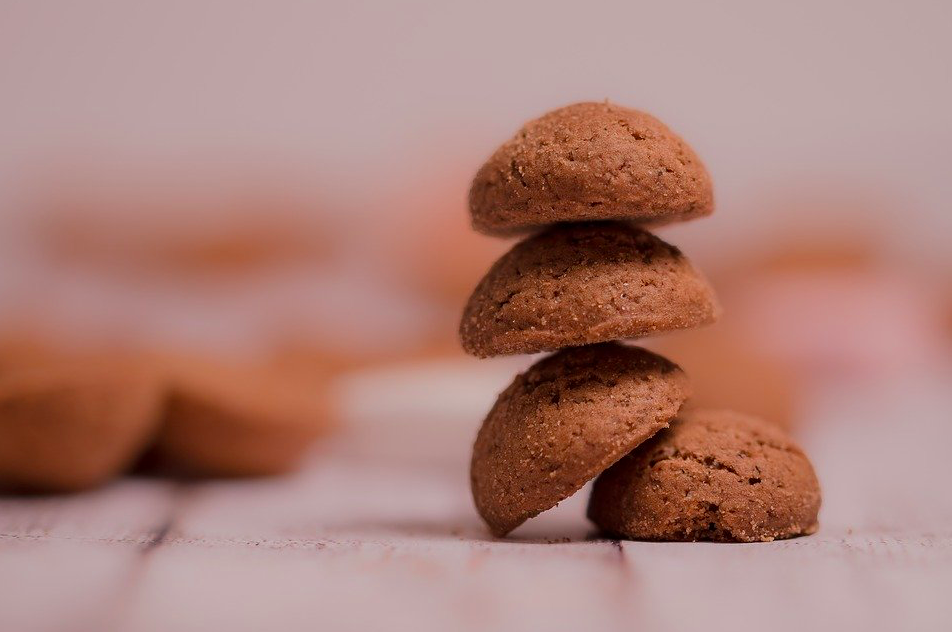“It’s almost Pakjesavond!” Almost what? Yup, to internationals, Dutch traditions can seem confusing or just plain weird. But you’ve come to the right place: our (unofficial but absolutely excellent) guide to Sinterklaas for expats.
While the rest of the world spends December waiting for Christmas, the Netherlands has its own way of fooling kids during the winter period: Sinterklaas.
Sinterklaas refers to two things. Firstly, it is the name for the Dutch equivalent of Santa Claus — except this one’s from Spain for some reason.
Secondly, it refers to the actual holiday — the Dutch version of Christmas, which takes place on December 5.
Regardless of where you’re from, you’ve probably heard about Sinterklaas due to the controversial nature of his helpers, the Zwarte Pieten.
To understand this Dutch holiday tradition in all its controversy and to fully enjoy what happens on December 5, you’re gonna need some proper Dutch vocabulary. So, here’s our guide to Sinterklaas vocab for expats — featuring all the wonderfully Dutch things that come with the holiday!
Some Sinterklaas vocab for expats
Get your notebooks ready, here we go. 👇
Intocht
Sinterklaas season starts with the arrival of Sinterklaas into the Netherlands, called “intocht van Sinterklaas.” This usually takes place in mid-November.

The word intocht is actually a normal Dutch word for arrival, but somehow we only use it in the context of our bearded holiness. 🎅🏻
Pakjesavond
The traditional night of the Sinterklaas celebration, the night of December 5, is called pakjesavond (gift evening). On this day, parents offer gifts to their kids, which of course, come straight from Sinterklaas himself. 😉
In order for children to actually believe that there is an old guy buying gifts for the whole of the Netherlands, the evening usually consists of a neighbour (buurman) slamming on the front door, throwing pepernoten and leaving some presents on the doorstep. 🎁
Surprise
The most common way of celebrating Sinterklaas for adults is with a surprise (pronounced in proper Dunglish: suprieseh). This is preferably a handmade creative work of art in which an actual gift is hidden.
In the month before pakjesavond, everyone participating in the celebration pick straws to sort out who’s surprising who.
Then they buy a gift for the person they picked — but it has to be cheap! In typical Dutch style, gifts must be bought within a cadeaulimiet (present limit). The crafted gift has to be accompanied by a poem, called a “sinterklaasgedicht” about the person the surprise is intended for.
Sinterklaasgedicht
The Sinterklaas poem is an important aspect of the celebration. It’s usually written in a simple AABB/ABBA rhyme scheme and contains embarrassing/fun information about the person the poem is written for.
READ MORE | The complete guide to writing a top Sinterklaas poem
The poem is always written from Sinterklaas’s or Zwarte Piet’s perspective since they are meant to know all your dirty little secrets. 😂

Pro-tip: This is how you start all traditional poems: “De Sint was eens aan het denken, wat zou hij XXX nou eens schenken?” (The Sint was just thinking, what he would be gifting to XXX).
Pro-tip 2: The unimaginative ones use a poem generator. Here’s a really basic one… 👀
Sinterklaasliedjes
We could write a whole article about the Sinterklaas songs. I always get nostalgic when I think about the many raunchy songs I’ve learnt in childhood. But since DutchReview is a PG-rated website, we’re gonna keep it clean and just switch to this short and sweet traditional song:
Sinterklaas Kapoentje,
gooi wat in m’n schoentje,
gooi wat in m’n laarsje.
Dank u, Sinterklaasje.
Which translates into:
Sinterklaas Kapoentje,
Throw something in my shoe-ie,
Throw something in my booty.
Thank you, Lil’ Sinterklaas.
So I hear you thinking: What the heck is Kapoentje? After some extensive research, the first link on Google told me it was slang for either a eunuch, Jewish person, bandit, or villain. Ouch! Again, no political correctness points for the Sint. 😱
Strooigoed
Literally translated, strooigoed means “sprinkling good.” That makes no sense, but the better translation of “sprinkling candy” only does a slightly better job. It’s the sugary sweets that Zwarte Pieten throw around when they enter a room.
Chocolade krijtjes
Chocolade krijtjes are chocolate cigarettes.
Yup, this is what Zwarte Piet or your parents gave you when you were too young for real cigarettes, but you needed a fix.
You could say that these sweets allowed many generations of Dutch people to link that lovely feeling of fake chocolate to that other feeling à_
Pepernoten vs Kruidnoten
When Moses came down that small Dutch mountain, he gave the Dutch two holy points of discussion: Zwarte Piet and his colour (almost there) and the great debate of whether pepernoten in the shops in August is a national outrage or an accepted form of making a living for the shopkeeper.
To get a true (and slightly simple-minded) Dutchie really riled up, you can also just carelessly say pepernoten when you really want to stuff your mouth with kruidnoten. So let’s get this one right once and for all:
These are kruidnoten:
And these are pepernoten:

Chocolate letters
This isn’t a Dutch word, but it is by far the best Dutch tradition. It’s exactly the right brown stuff you want to find in your shoe.

So was there anything else we didn’t cover yet when it comes to Sinterklaas for expats? Oh yeah, right…
The Zwarte Pieten discussie

Oh, and of course, there’s the Zwarte Pieten discussie (Black Petes’ Discussion). To be able to participate in this ongoing Dutch tradition, you have to understand a couple of Dutch concepts.
Roetveegpiet
This is probably going to be the key to the transformation of Pete’s appearance. The story about Sinterklaas’ helper using the chimney and therefore being black is an often-heard argument to support that his black skin has nothing to do with racism.
But when RTLNieuws changed their Piets to an actual soot-Piet, all hell broke out in little Holland. There was further controversy when Google stepped into the debate and blocked all ads of Zwarte Pieten.
Regenboogpiet
“Let’s also try to include all the orange, purple, pink, and green people in Dutch society and produce a Rainbowpiet — that should be a great idea!” said no one ever. The Pieten in all the colours of the rainbow are equally controversial throughout the Netherlands.
This article could stretch on for days if we were to properly discuss the Pieten, so this is a very brief summary that we will offer for now.
If you’re curious about Sinterklaas’ arrival, the distribution of strooigoed, and the ugliness that is the Zwarte Piet debate, then watch our video on Sinterklaas’ arrival into Leiden:
Did we miss any Sinterklaas traditions? Let us know in the comments below.







Hi! One correction: we ‘celebrate’ Sinterklaas’s death on the 5. December in the Netherlands whereas in Belgium they ‘celebrate’ it on the 6th… It is not clear when he was born, but we are almost sure he died on the 6. of December.
Traditionally, a lot of festivities start the evening before the festive day, at sunset. Think Christmas Eve, New Years Eve…
Actually we do not celebrate the birthday of Saint Nicholas on five December. We celebrate his death on six December, which day in mediaeval times happened to start with the evening of the day before six December. So the evening of five December in mediaeval times actually was six December. This antiquated use therefore is a testimony to the great age of the celebration.
Another such indication of its great age is that it doesn’t occur on our contemporary winter solstice of spring equinox, for the celebration actually is a turn of the year ritual. Due to the precession of the orbit of the Earth during the elapse of centuries the dates of the solstices and equinoxes change.
The chimney is an euphemism for Hell: the Realm of the Dead. Everybody turns pitchblack in Hell – because the UV radiation there is hellish. In the magical paradigm there is a magical association between the chimney of Hell and all other, ordinary chimneys.
Saint Nicholas in fact himself ruled Hell twice and therefore turned pitchblack himself during those reigns. Eventually he got to rule Heaven and his son Zwarte Piet succeeded him as the ruler of Hell.
Saint Nicholas’ wife also did a stint as ruler of Hell. Various folklore still remembers her. In parts of Italy, for example, she is known under the name Befana.
Zwarte Piet is Saint Nicholas’ son and heir to his throne. Saint Nicholas represents the aged and dying Old Year, and his son Zwarte Piet represents the youthful New Year.
In my Dutch language e-book about Zwarte Piet I show various other characters to also be Zwarte Piet figures. For example I show that Jesus is a Zwarte Piet figure. Zwarte Piet, the son of God, is the Messiah announced in the Old Testament.
In two chapters – also published as independent e-books in English – I show the English highwayman Dick Turpin to be a Zwarte Piet figure; and various Australian bushrangers and USA American outlaws – such as Billy the Kid – to also be Zwarte Piet figures. Turpin used to hide in chimneys, and Billy the Kid made his escape through a chimney.
What!? My fathers family is from the Netherlands, this is the first time I’ve heard this!! Time for me to do some research! Ha! This is not the Sinterklass I grew up knowing. Where do I start? Do you have any helpful suggestions for me?
I’m Dutch too, and I always learned that it’s Sinterklaas’ birthday. Though I get the explanation with the day he died and such, I don’t really care. To be fair, pretty nobody Dutch knows otherwise than that it’s his birthday or even it’s just the day the Sinterklaas holiday is. At least not as far as I know. I’m fine with roetveegpieten too by the way. I also heard something about the Moriscos, but I think the roetveegpieten and the chimney explanation are fine anyway.
As always abuzer is pronoucing his opinion instead of the proven facts.
Kapoen is a neutered male chicken.
Lmao, chocolate chalk
Man i miss the good old days when people wouldn’t be so sensitive about little things like that.
That chocolate never even made me think of starting to smoke. Schoolfriends do that for ya. Most things i read on here sound like the real deal however the sate peanutbutter prank luckily doesn’t. ‘T heerlijke avondje Was not really a sentence i ever used related to sinterklaas and we celebrated it on the night of the 5th AND the 6th for the famile of the other side.
The tradition with the chocolate letters is actually based on an older Frisian tradition, where Frisians celebrate that the goddess Freya gave language to them. It’s celebrated around Christmas.
A “kapoentje” is also slang for a ladybug, and is what I always think about with the song. But eunuch might have something to do with celibacy and church related things for the good saint.
Sinterklaas probably comes from Spain by boat, because he is a Catholic from far away. Holland used to be part of Spain, untill it took us an 80 year wat to get rid of them. I can imagine (no proof) that made ‘spain’ equivalent of ‘far away’
I can’t bear it when people say Sinterklaas is the Dutch Christmas. It is not! It shows little understanding of Dutch traditions
The Dutch do celebrate Christmas on 25 December like most people, with a tree and a meal and they sing Christmas Carols.
Sinterklaas and Christmas are not the same!